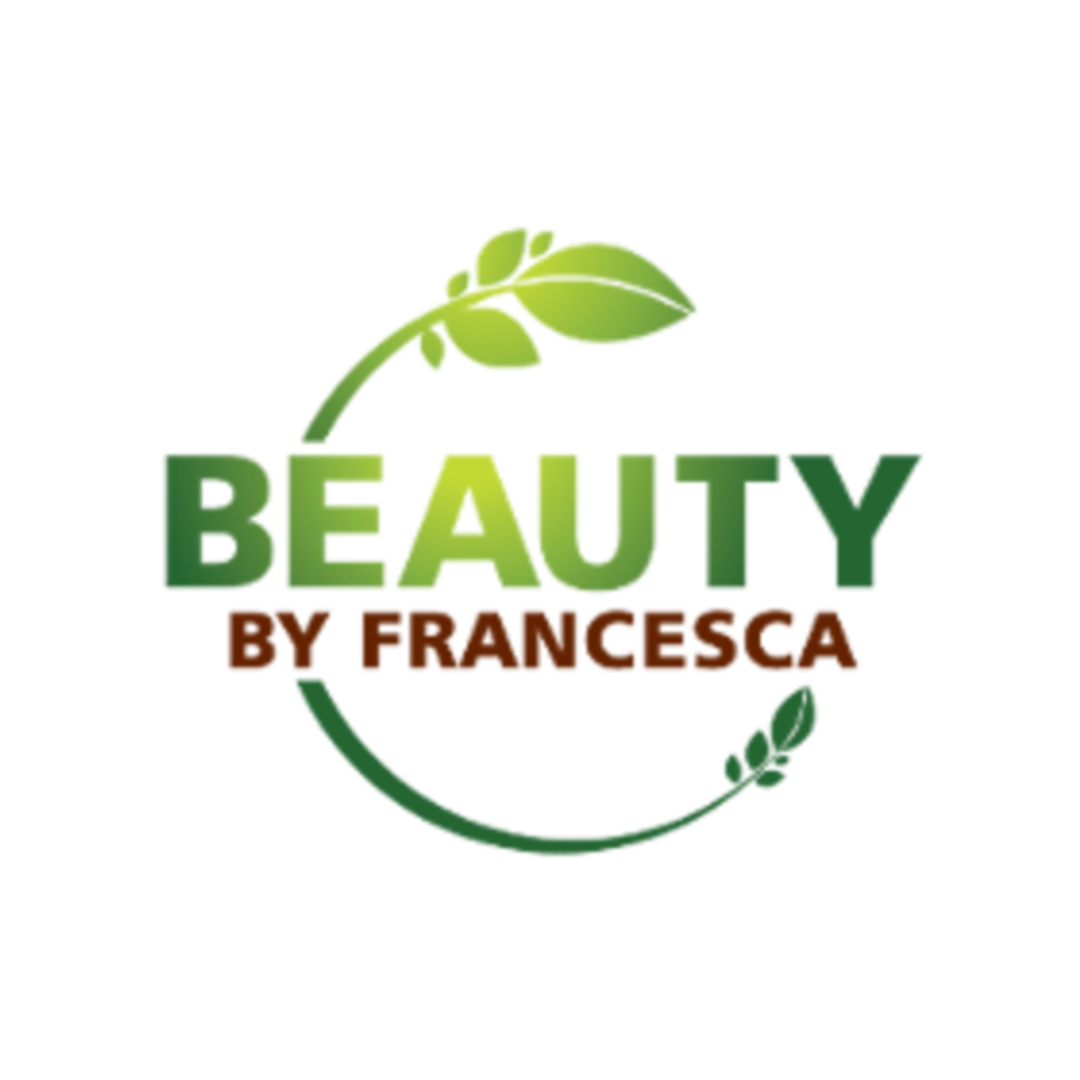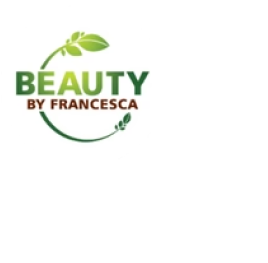Bath bombs are fun to use and even more fun to make. Learn about bath bombs, what they are made of and how you can make your own.
What are Bath Bombs
Created in 1989 by Lush Cofounder, Mo Constantine, a bath bomb, also known as a bath fizzy, is a molded hard packed mixture of various wet and dry ingredients that bubble, fizz and effervesce when placed in water. They are most often round , however they can be formed and molded into many different shapes, like cubes, stars, flowers, cupcakes, tarts and more. Besides various shapes, bath bombs also come in a variety of sizes ranging from ultra mini to mega. They are used in the bath tub for pampering, soothing and relaxing, but bath bombs can also be used in a foot bath or even a manicure station.
How are Bath Bombs Made
Bath bombs are made by combining a blend of wet and dry ingredients then pressing and packing this mixture into some type of mold. Commercial manufacturers may use a professional mold called a bath bomb press and handcrafters and DIY enthusiasts may use two piece hand held stainless steel or plastic molds to press the mixture together. Another popular way to form bath bombs is by packing the mixture into shaped silicon molds. The bath bomb is then left to air dry and harden for a day or two before it is ready to use.
Bath Bomb Ingredients
The fizzing action of bath bombs is primarily achieved by combining baking soda with citric acid. Other ingredients might include: sea salt, Epsom salt, clay, carriers oils, plant butters, vitamin e, essential oils, herbs, and flowers. Some bath bombs may also contain synthetic ingredients such as “fragrance”, dyes, SLS, glitter, parabens, Polysorbate 80 and other potentially harmful ingredients. When selecting a bath bomb, you should choose one with all natural ingredients because some of the ingredients in non-natural bath bombs are toxic!
Read Your Labels - Bath Bomb Ingredients You Should Avoid and Why
Read your labels carefully. According to the DIY Guide to Natural Bathroom Products, commercial bath bombs can contain many ingredients like the ones listed below that are harmful and toxic. The next time you purchase a bath bomb be on the lookout for the following:
Fragrance – This a generic term often used to describe synthetic fragrance and is used to make our personal care products smell good. Synthetic fragrance often contains phthalates, benzene derivatives and aldehydes.
Phthalates are endocrine system* disruptors. They increase the risk of infertility, breast cancer, Type II diabetes and more.
Benzene derivatives are human carcinogens, linked to hormone disruption and infertility.
Aldehydes can cause respiratory allergies, liver disease and embryo toxicity
Dyes – Used for coloring. Can get into the bloodstream if skin is scraped, cut or has been freshly shaved. Some of the substances found in dyes contain contaminants linked to certain kinds of cancer, neuron damage, allergies and ADHD symptoms in children.
Glitter – little teeny tiny pieces of shiny plastic used for decorative purposes. Although they are pretty, they are not environmentally friendly and are harmful to fish and other wildlife once rinsed down the drain.
Parabens – preservatives used to extend product shelf life. They are endocrine system* disruptors.
SLS (Sodium Lauryl Sulfate) – an ingredient used to help products foam. It is an environmental pollutant, eye, skin and lung irritant
Polysorbate 80 – an emulsifier, dispersing gent and solubilizer for oil and water based ingredients. It has a low risk for human toxicity, however it has a high risk of being contaminated with 1, 4-dioxane and ethylene oxide.
Ethylene oxide - a raw material used in the manufacturing process. It can cause irritation to the skin, eyes and lungs and is linked to organ system (non-reproductive) toxicity.
1, 4 dioxide - an unwanted byproduct of an ingredient processing method called ethoxylation. It can cause irritation to the skin, eyes and lungs and is linked to organ system (non-reproductive) toxicity.
*The endocrine system is the collection of glands that produce hormones that regulate growth and development, tissue function, sexual function, metabolism, metabolism, mood, growth and reproductive processes.
Bath Bomb Benefits
If you enjoy soaking in the tub, a bath bomb can take your tub time to the next level. The amazing benefits of bath bombs and why people love them so much are:
Relaxing – One great way to unwind is by taking a nice warm soothing bath. A bath bomb only adds to the experience. As it fizzes and effervesces, skin softening ingredients and delightful aromas are released enhancing your bath and elevating your senses.
Pampering – when you use a bath bomb, you feel like you are pampering yourself. In these hectic and stressful times, it is more important than ever to just slow down. It is so easy to get caught up in all the never ending hustle and bustle and forget about ourselves. I find myself falling victim to this as well. A great habit to get into is scheduling pamper time for yourself. And something simple, like a bath is a perfect way to accomplish this.
Fun – Bath bombs are fun to use. Their bubbling, fizzing, effervescence make them so inviting and irresistible. You’ll find you can’t wait to jump in.
Aromatherapy Properties – Bath bombs that use essential oils offer many enticing properties. There are bath bombs that refresh you, relax you, help decongest you and even help you fight a cold.
Skin Softening Ingredients – Bath bombs contain ingredients that help soften and hydrate skin. Ingredients such as sea salt, clay, baking soda, carrier oils and plant oils are all used for softening and hydrating.
Are you ready to experience a bath bomb for yourself? To buy one click here for a natural bath bomb handmade by Beauty by Francesca with all natural ingredients. To make your own amazing bath bomb click here.
Sign Up For Our Newsletter!
[contact-form-7 id="892" title="Newsletter Sign Up"]
References
http://www.ewg.org/skindeep/ingredient.php?ingred06=705142&refurl=%2Fproduct.php%3Fprod_id%3D62813%26#.Wl7Nhmyumhc
https://www.healthline.com/health-news/chemicals-in-bath-bombs
https://draxe.com/are-bath-bombs-safe/
https://en.wikipedia.org/wiki/Bath_bomb
https://www.homemade-gifts-made-easy.com/diy-guide-to-natural-bathroom-products.html





